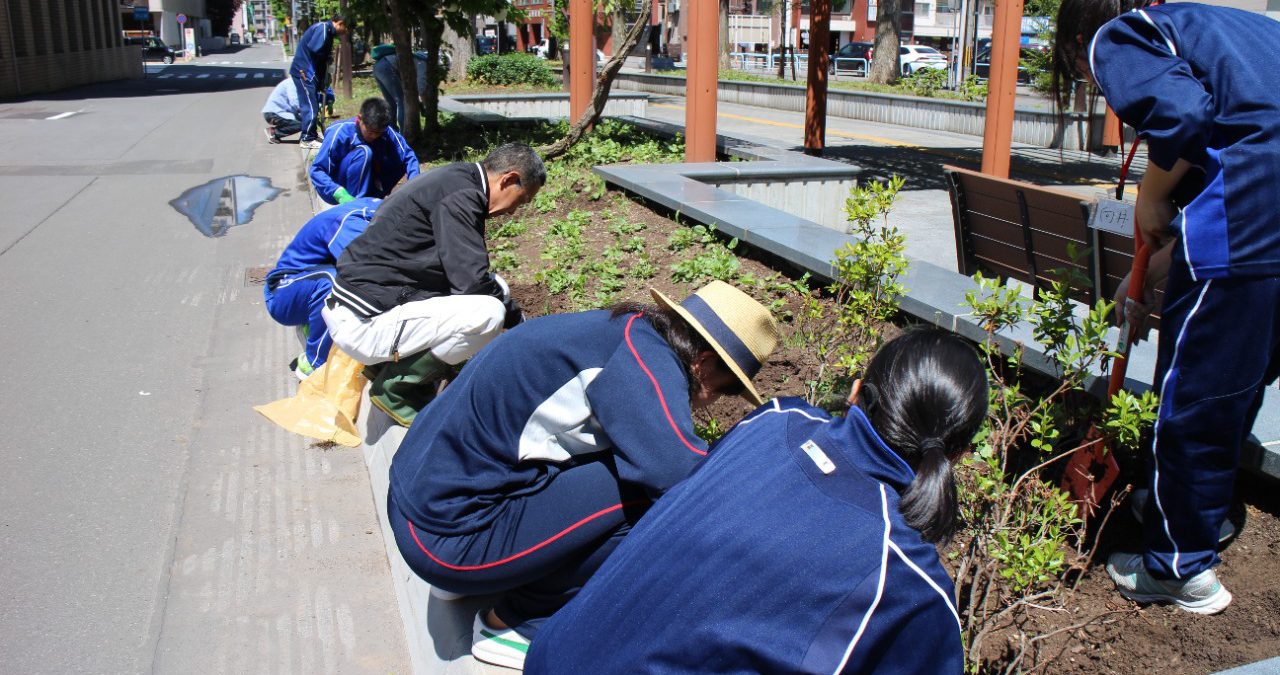
Keep up with our latest news and projects!

Japanese non-cosmopolitan cities seem different on the surface, but all share one common issue: the decline of shopping streets. Lifeless streets with closed storefronts have become expected in many cities that were once thriving hubs of economic growth. The town of Asahikawa is the second biggest city in Hokkaido with a population of 330,000. The city is proud to have legalised the first pedestrian-only street in Japan, nicknamed ‘Kaimono Koen,’ translating literally as ‘park for shoppers’. The 1.5 km long thoroughfare was once filled with patrons, but gradual changes in the economy have made the street obsolete. But despite the nationwide pessimism towards shopping streets, in recent years a thriving community has formed around the 7th Avenue Green Street, a tree-filled footpath that runs between the city’s shopping district and its cultural facilities.
In 2013, a small group of local residents gathered together with a sense of impending crisis. After a series of discussions, the group formed a non-profit organisation to realise their ideas into actionable initiatives. “We re-evaluated the charms and strengths of the community and united to start the 7th Avenue Green Street Redesign Project,” explains Sakura Hachisuka, a non-profit town developer and member of the merchant association. “The focus was simply to switch our perspective on the shopping street from a mere economic area to a place that promoted true emotional well-being. We took surveys and hosted forums to encourage people’s participation in developing a clear vision for Green Street.”
First, the merchant association proposed ideas on how passersby could better enjoy their time. In one effort, they set up wooden tables, chairs and parasols to create a public communal space, next to the trees that have overseen the Green Street for the last 40 years. Slowly, the street became a place for parents to read picture books to their children, for business people to eat their Bento lunch boxes, and for the elderly to chat with their fellow residents. The success of this people’s action drove the city of Asahikawa to implement the same concept throughout Kaimono Koen. During this time, the team worked closely with the city while they provided the project with the public funding it needed.
Since then, foot traffic on the street has slowly recovered and young business owners have shown interest in opening new shops. The active group of residents also looked up the owners of unoccupied buildings and negotiated to either rent or buy them. Unfortunately, the properties required significant and costly repairs. Another obstacle was the reluctance of older business owners in the area, who found it difficult to picture the street regaining the liveliness of the past. In response, the group hosted a series of symposiums and tried to articulate a common vision. This led to an uptick in supporters from the local government and the Shinkin banks who resonated with their vision. This collaboration subsequently made it easier for young entrepreneurs to receive support from the local credit union for the launch of their ventures. The merchant association responded to these actions by easing the admission requirements and even welcoming non-merchants to join. The group had proven that they were driving a movement for the whole area, and not just for individual profit.
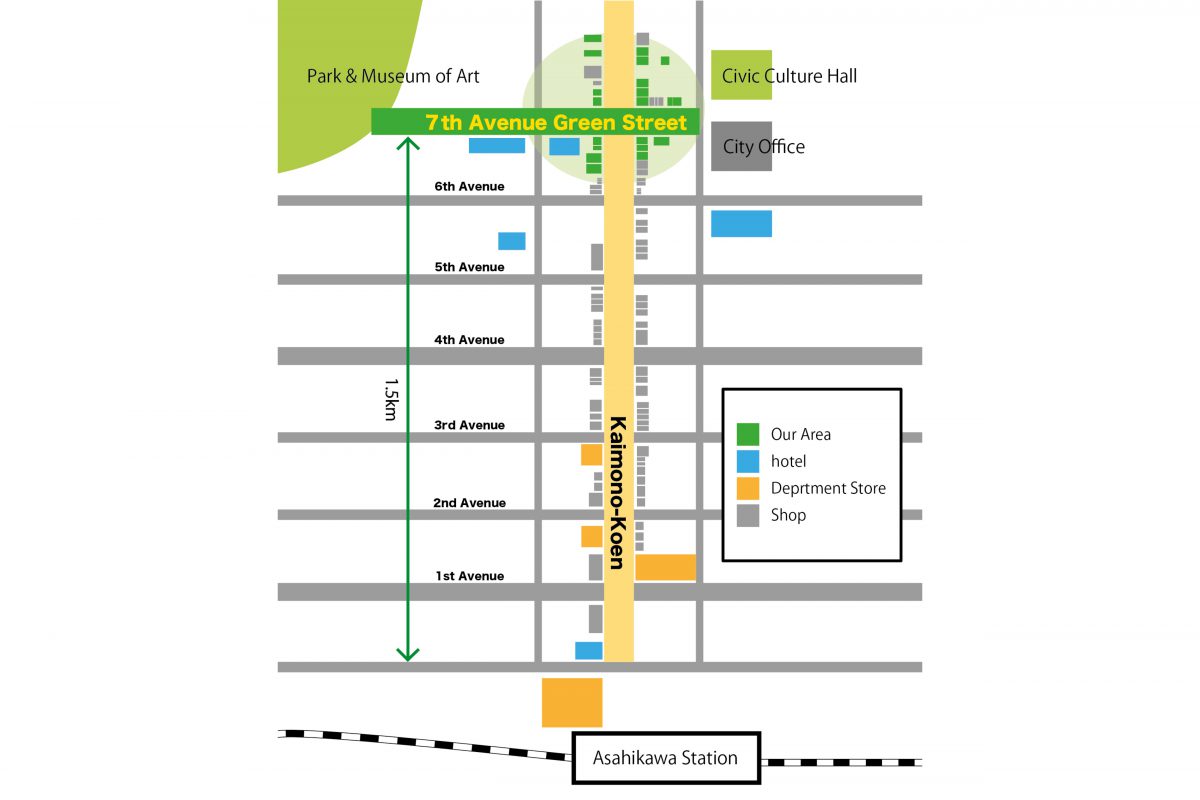
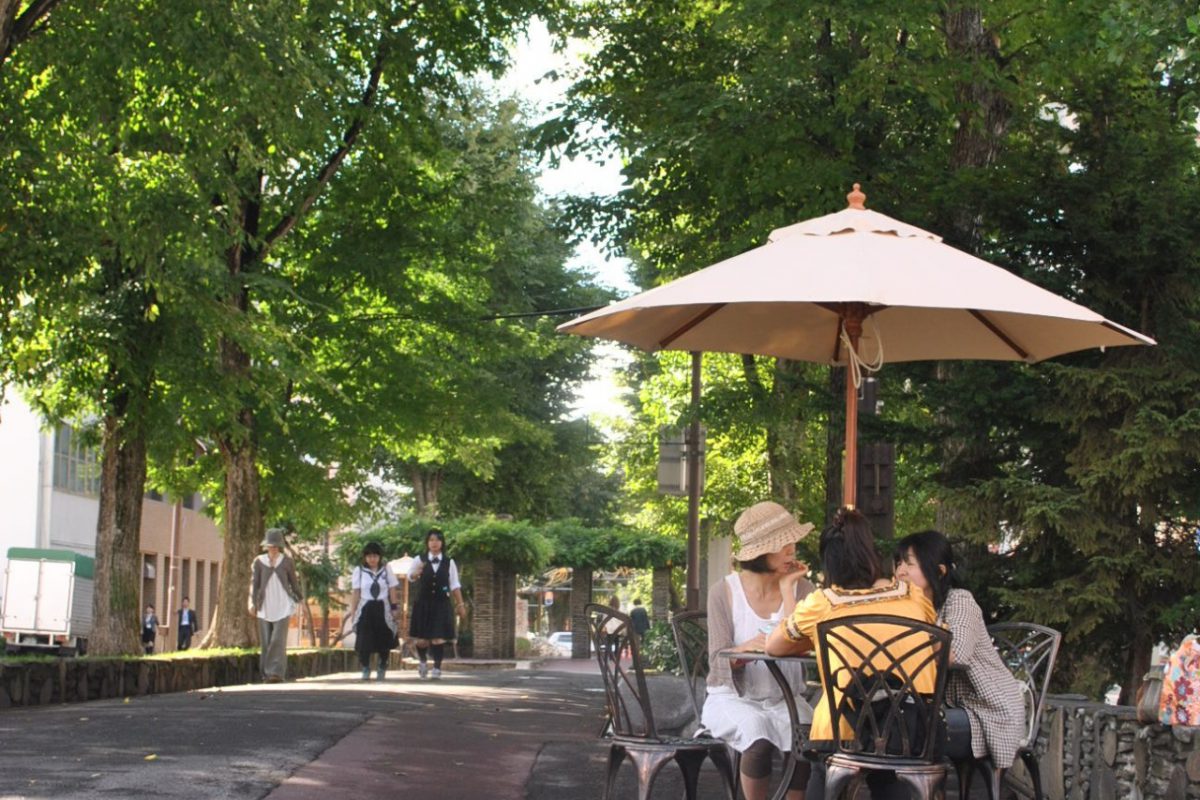
Gradually, the 7th Avenue Green Street came to be recognised as the ‘Culture Art Street’. “We now have a gallery, a few coffee shops, and a small cheese factory, in addition to the existing children’s bookshop and restaurants,” says Mr Hachisuka. “These hand-renovated shops were previously unoccupied, solitary storefronts, so this is great news in terms of the utilisation of properties. Now, these business owners gather regularly to exchange visions for the next decades.”
At the same time, a new city agreement from 2015 called the Adapt Program has encouraged people’s participation in the management of the city-owned properties and lands. One popular idea was to plant regional plants in the surrounding areas, creating green pockets that appealed to the five senses. A professional botanist and a landscape architect collaborated with a local agriculture high school to plant our gardens. This was Hokkaido’s first case of the Adapt Program and the story was quickly picked up by the media. Nowadays, people of all ages treat the street-side garden as if it was their own. Every year, the community gathers to decide which plants should be added in the coming spring.
In 2018, the group started the Eco Museum Project, in which local students would elaborate on the culture and history of the Green Street to passersby. One of the students then had an idea to install a series of monuments displaying short stories that people can read as they walk. A nearby technical college partnered up with a local children’s book author to complete this project in June 2019. This kind of engagement has helped the participating families to develop stronger ties to the neighbourhood.
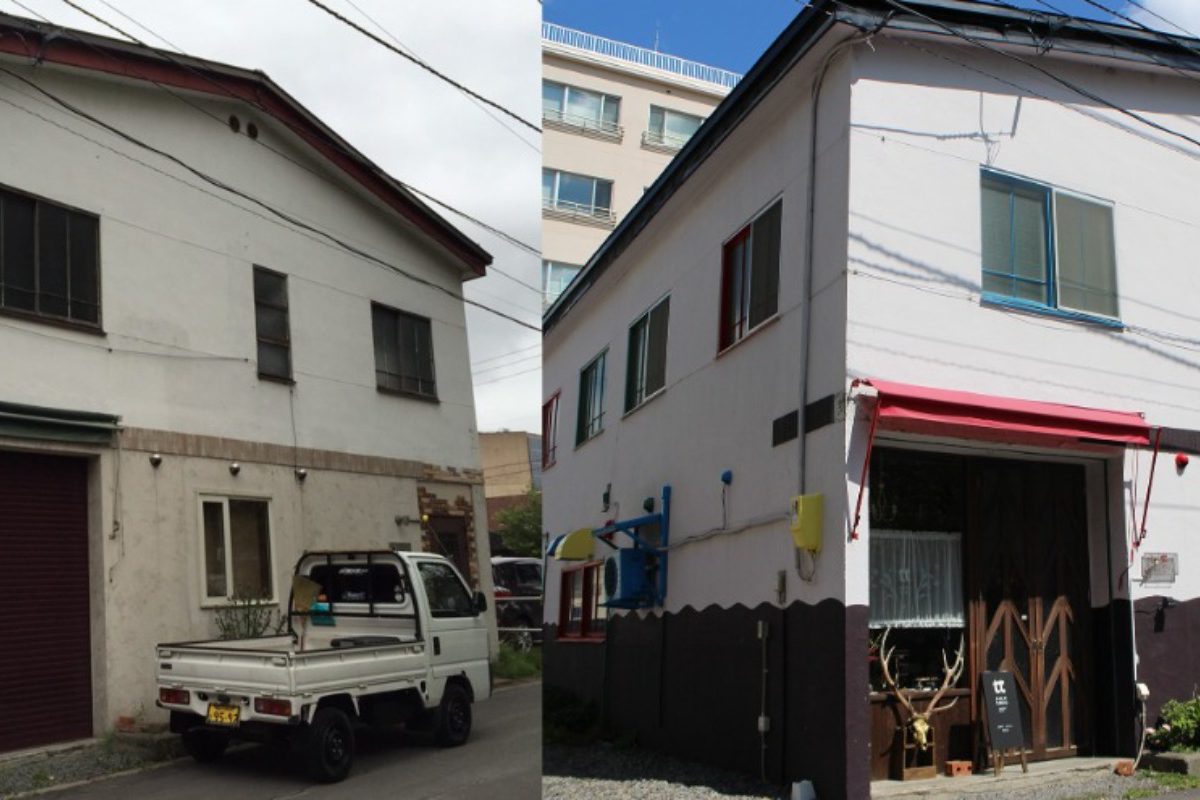 A building on the Green Street before (left) and after (right).
A building on the Green Street before (left) and after (right).
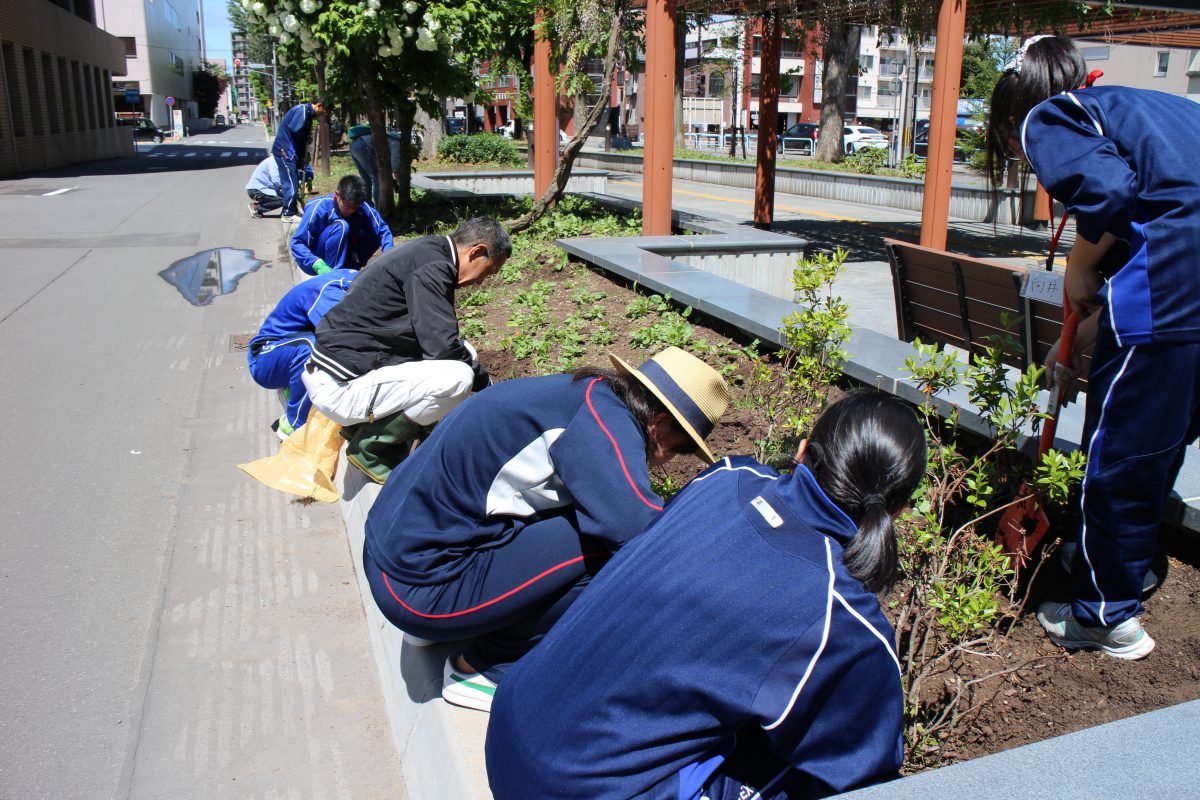
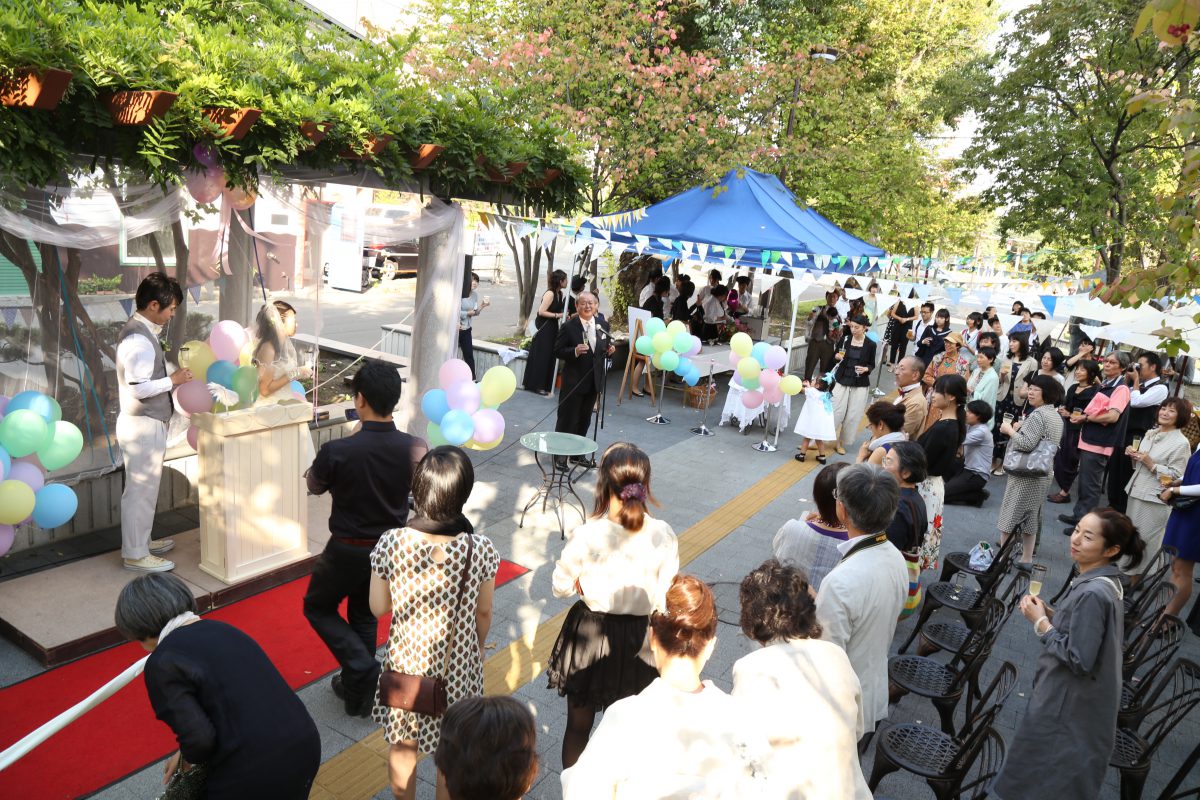
Thanks to these efforts, the association has managed to create a community where everyone’s ideas are celebrated. Although this is one of the aforementioned shopping streets in decline, the close, positive community has managed to drive more people to visit the area every year. The initiative continues to provide a platform where citizens of all ages are encouraged to think and act on town planning and propose ideas on the usage of public space. The belief is that these processes will bind people across generations and ultimately create a better future for the city.
This writing should be concluded with a piece of advice for fellow placemakers. There are signs on both ends of the Green Street that read: “The Green Street is where people who love this street create a cozy communal space for the future city residents.” It is critical for placemakers to create autonomy among stakeholders. Although the Green Street project is still in the middle of this transformation, the team is convinced that nurturing a cross-generational attitude toward area development is a key driver for the successful unification of community in any city.